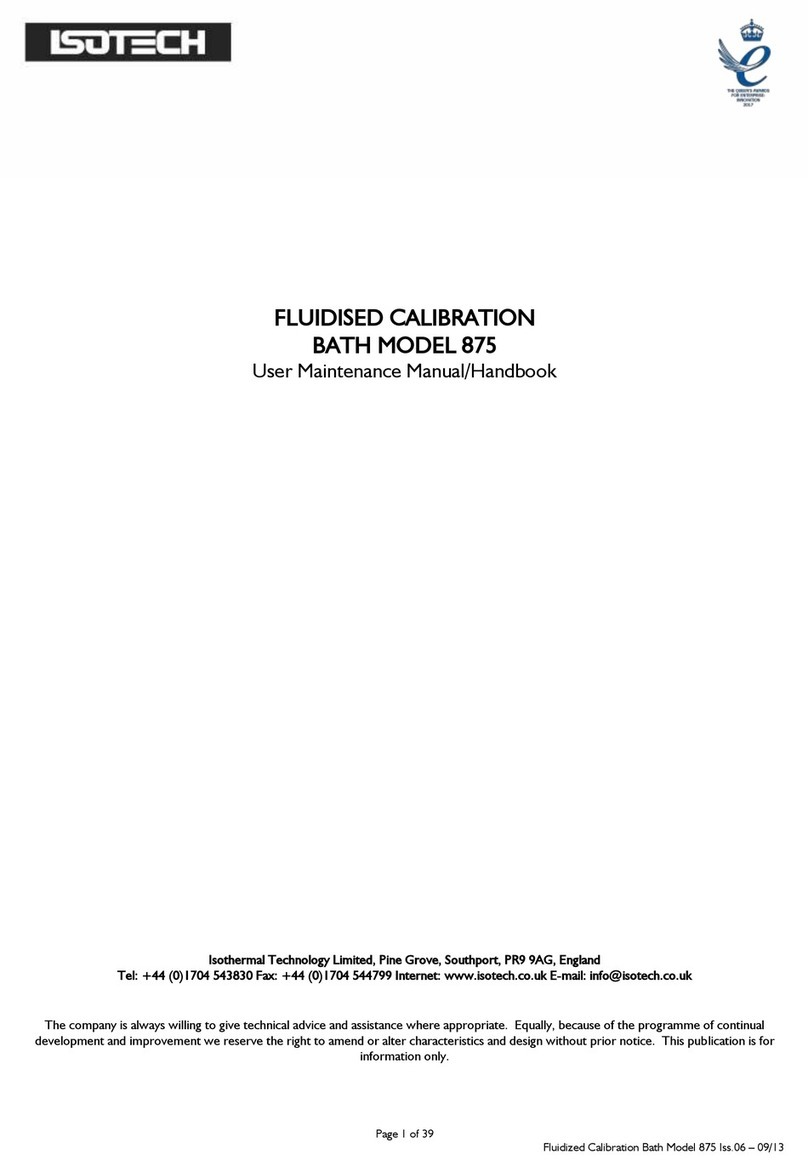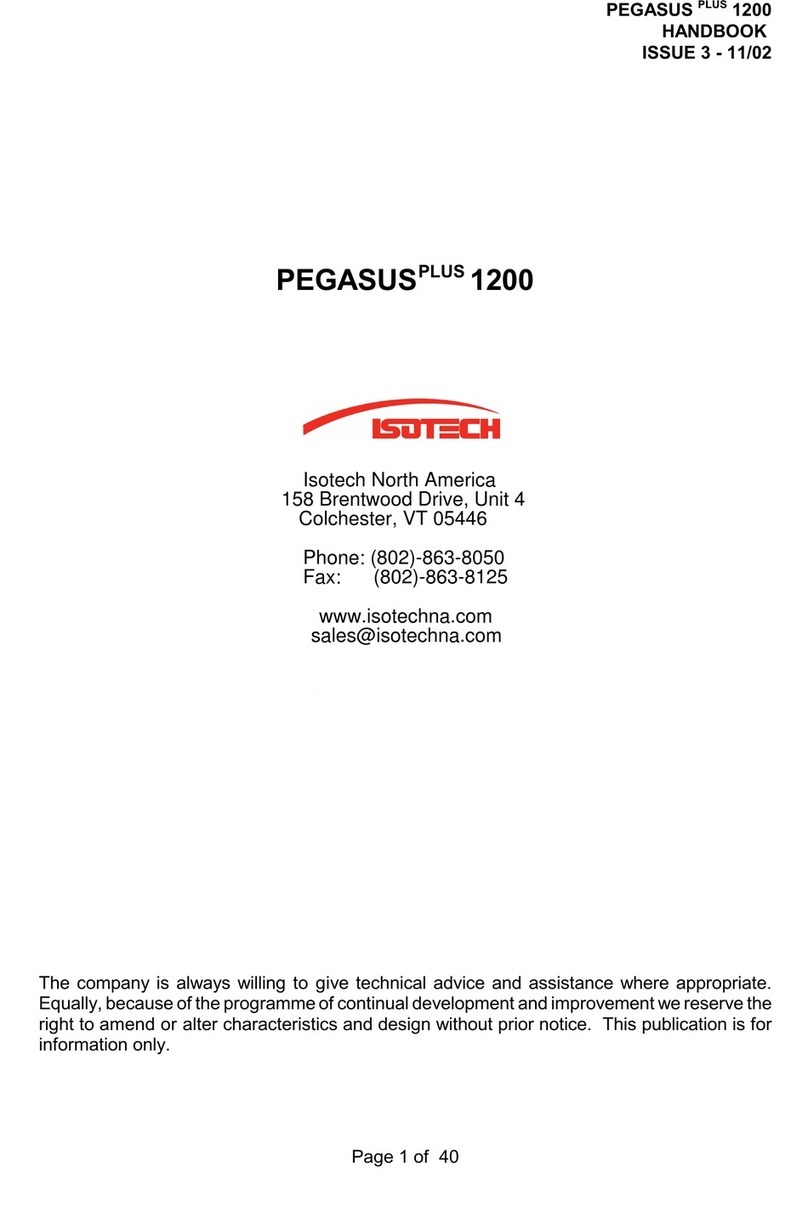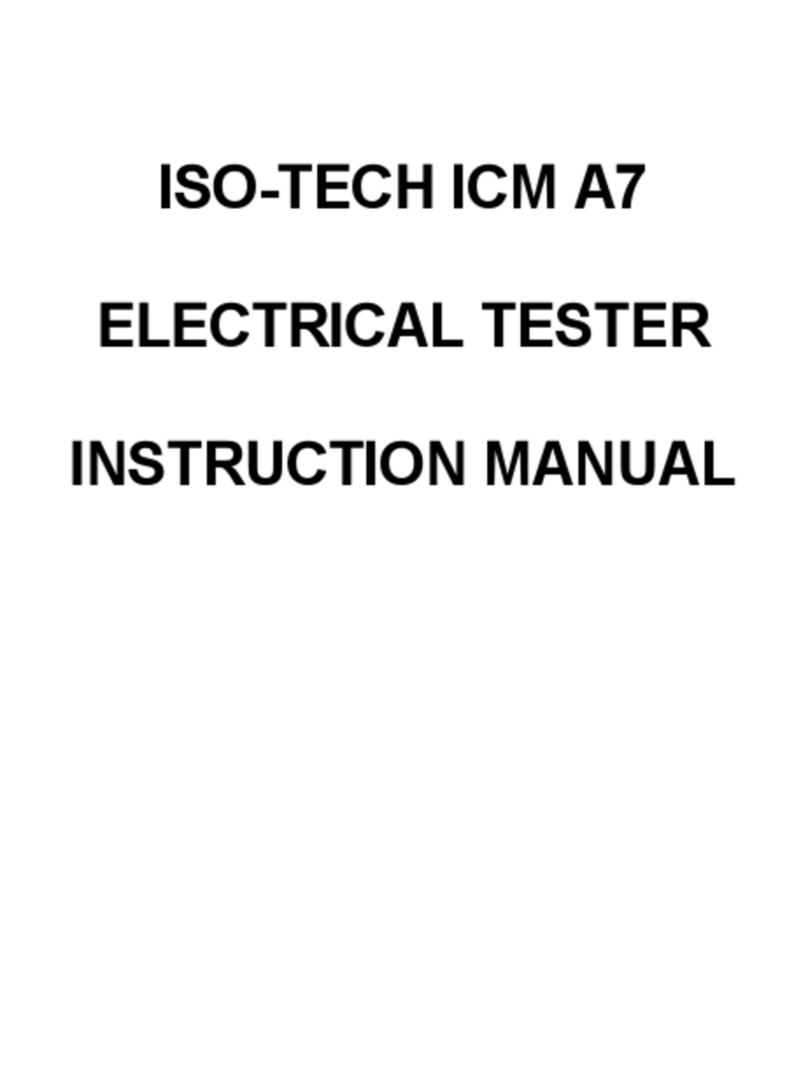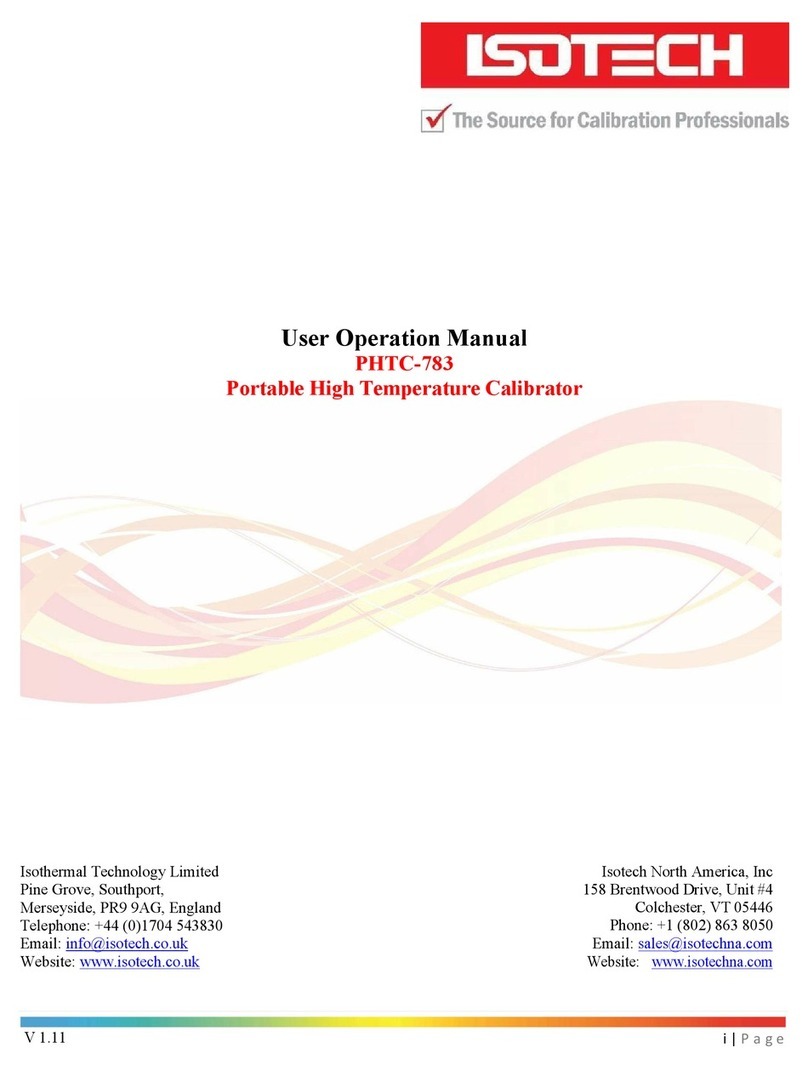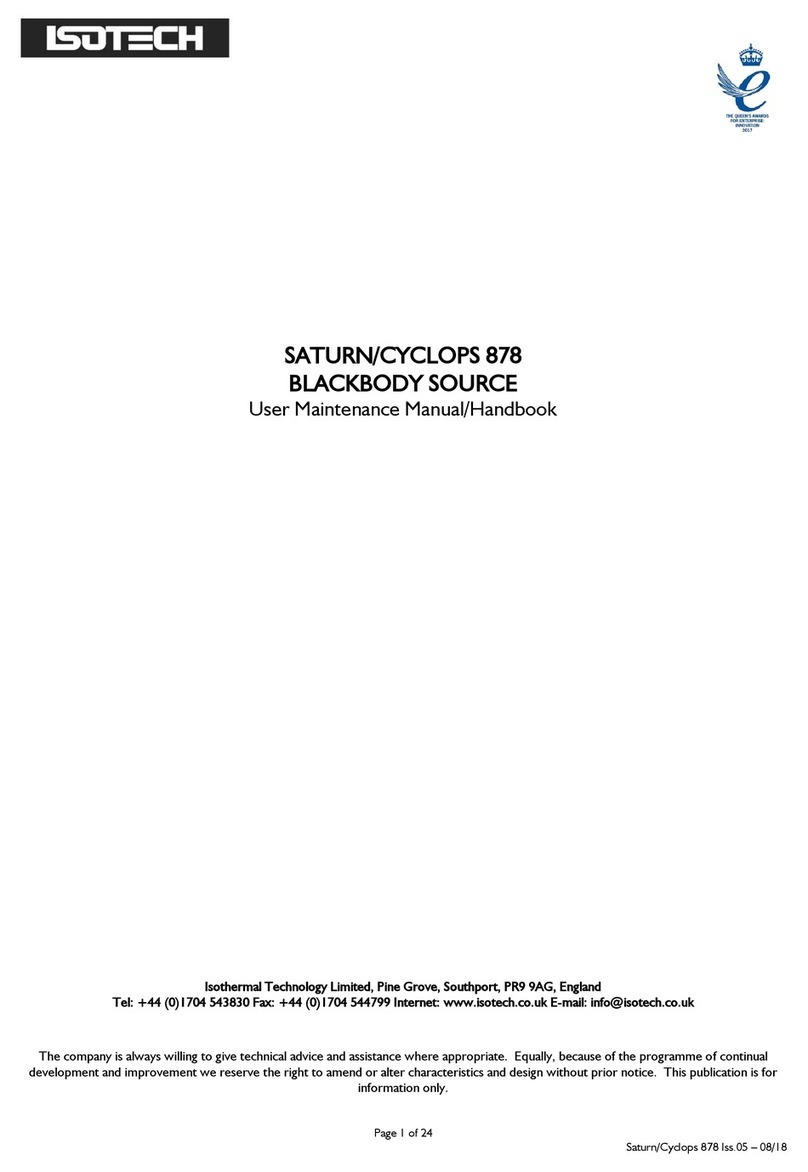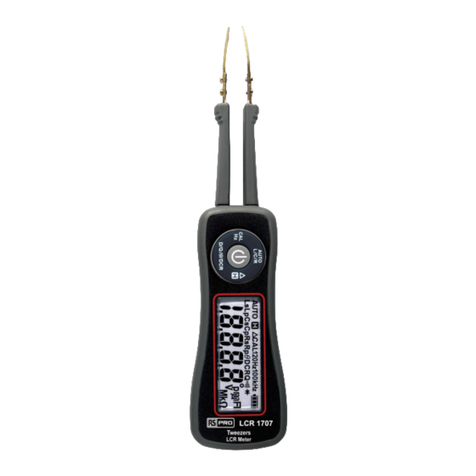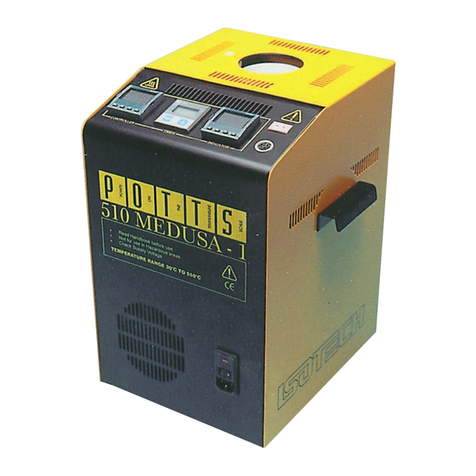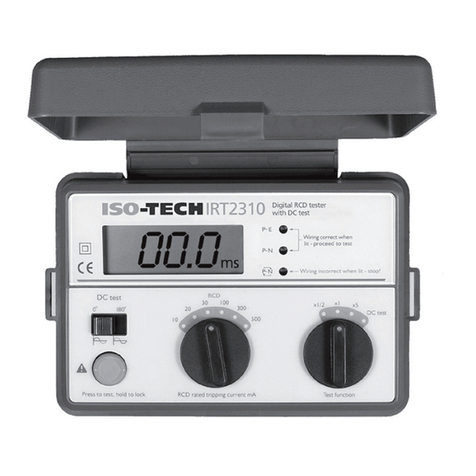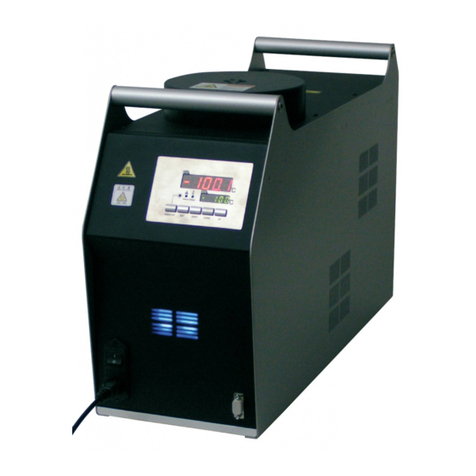Page 2 of 22
ITS-90 Isothermal Towers Iss.07 –05/14
CONTENTS
EMC INFORMATION............................................................................................................................................................... 3
ELECTRICAL SAFETY................................................................................................................................................................ 3
Environmental Ratings..................................................................................................................................................................3
Fire Safety Information.................................................................................................................................................................3
GUARANTEE...................................................................................................................................................................................... 4
CAUTIONARY NOTE........................................................................................................................................................................ 5
HEALTH AND SAFETY INSTRUCTIONS ......................................................................................................................................... 6
‘DO’S AND DON’TS’......................................................................................................................................................................... 7
UNPACKING AND INITIAL INSPECTION ...................................................................................................................................... 8
Electricity Supply.......................................................................................................................................................................... 8
USING YOUR ISOTOWER ................................................................................................................................................................ 9
COMMISSIONING YOUR ISOTOWER........................................................................................................................................... 12
THE IMMERSION COMPENSATOR ............................................................................................................................................... 13
Changing the Length of the Melt Plateau ...................................................................................................................................... 14
Getting a Freeze............................................................................................................................................................................ 14
Certification .................................................................................................................................................................................. 14
A BASIC CONCERN ........................................................................................................................................................................ 15
LEARNING MORE ABOUT YOUR ISOTOWER ............................................................................................................................. 16
Note: How the thermal profile along the cell can affect or even destroy it ..............................................................................16
Note: Putting numbers to the theory ........................................................................................................................................17
USING THE CONTROLLER............................................................................................................................................................ 18
Front Panel Layout ........................................................................................................................................................................ 18
The Temperature Controller.....................................................................................................................................................18
Altering the Setpoint ..................................................................................................................................................................18
Advanced Controller Features...................................................................................................................................................... 18
Setpoint Ramp Rate....................................................................................................................................................................18
Instrument Address.................................................................................................................................................................... 19
Monitoring the Controller Status ...............................................................................................................................................19
Units...........................................................................................................................................................................................19
Using the zone controller ..........................................................................................................................................................19
USING THE PC INTERFACE ........................................................................................................................................................... 20
Connections .................................................................................................................................................................................. 20
Using the Interface ........................................................................................................................................................................ 20
CAL NOTEPAD................................................................................................................................................................................ 21
DEVELOPMENT .......................................................................................................................................................................... 21
HOW TO INSTALL CAL NOTEPAD .......................................................................................................................................... 22
PROTOCOL ................................................................................................................................................................................. 22
